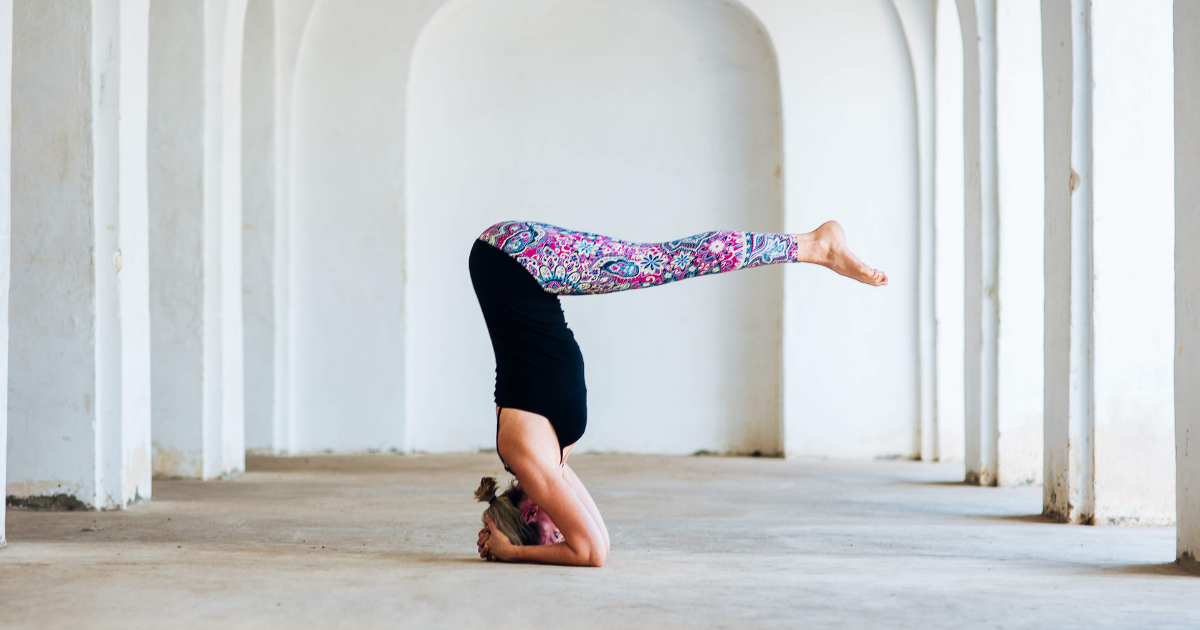How Long It Takes To Learn Ashtanga Yoga
Ashtanga yoga is a physically demanding yet deeply rewarding practice that builds strength, flexibility, and mindfulness. For beginners, the structured sequences and traditional elements of Ashtanga may feel challenging, but with consistent effort and the right approach, you can make steady progress. How long does it take to learn Ashtanga yoga? The timeline varies depending on your dedication, consistency, and personal goals, but many practitioners notice significant improvements within 3–6 months of regular practice.
Here are 10 practical tips to help you learn Ashtanga yoga, along with insights into what to expect as you progress. Of course keep in mind that learning Ashtanga yoga is a lifelong journey. This article is about how long it takes to memorise the sequence of poses of the primary series.
1. Start with the Primary Series
The Primary Series, also known as Yoga Chikitsa (Yoga Therapy), is the foundational sequence of Ashtanga yoga. It focuses on detoxifying the body and building strength and flexibility.
Tip: Begin by learning the sequence in small sections. Master Sun Salutations (Surya Namaskara A and B) and the standing poses before moving on to seated postures.
Timeline: With consistent practice, most beginners can complete the full Primary Series within 3–12 months.
2. Practice Consistently
Consistency is key to mastering Ashtanga yoga. The practice traditionally involves six days a week of asana, with one rest day.
Tip: If daily practice feels overwhelming, start with 2–3 sessions per week and gradually increase frequency as your stamina improves.
Timeline: Regular practice over 3–6 months will significantly enhance your strength, flexibility, and familiarity with the sequence.
3. Focus on Breath (Ujjayi Pranayama)
Breath is the foundation of Ashtanga yoga, linking movement and mindfulness. Ujjayi breath, or victorious breath, helps maintain rhythm and energy throughout the practice.
Tip: Practice Ujjayi breathing on and off the mat to make it second nature. Match each inhale and exhale to your movements during asana.
Timeline: Mastering Ujjayi breath can take a few weeks to a few months of focused practice.
4. Learn with a Teacher
Guidance from an experienced Ashtanga teacher is invaluable, especially in the early stages.
Tip: Look for Mysore-style classes, where you practice at your own pace under the teacher’s supervision. This allows for personalized feedback and adjustments.
Timeline: A teacher can help you progress faster, as they provide corrections and ensure you’re practicing safely.
5. Be Patient with Your Body
Ashtanga yoga is challenging, and it’s normal to encounter poses that feel impossible at first. Progress takes time and dedication.
Tip: Use props and modifications to support your practice. Focus on alignment and safety rather than forcing your body into advanced poses.
Timeline: Developing strength and flexibility for some poses may take months or even years, but steady progress will be evident with regular practice.
6. Memorize the Sequence
One of the unique aspects of Ashtanga yoga is its set sequence. Memorizing the poses allows you to focus on your breath and flow, rather than constantly checking instructions.
Tip: Learn the sequence in chunks. Start with Sun Salutations and standing poses before adding seated postures and the finishing sequence.
Timeline: Many practitioners memorize the full Primary Series within 3–6 months.
7. Embrace the Philosophy
Ashtanga yoga is more than physical exercise. It incorporates ethical principles (Yamas and Niyamas), breathwork (Pranayama), and meditation (Dhyana).
Tip: Read texts like The Yoga Sutras of Patanjali and explore the eight limbs of yoga to deepen your understanding of the practice.
Timeline: Developing a philosophical connection to yoga is an ongoing journey that evolves alongside your asana practice.
8. Listen to Your Body
Injuries and burnout can occur if you push yourself too hard. Honor your limits and progress gradually.
Tip: If you feel pain or discomfort, ease out of the pose and seek guidance from your teacher. Rest when needed and prioritize recovery.
Timeline: Learning to listen to your body is a skill that develops over time and becomes second nature with experience.
9. Cultivate Discipline
The structured nature of Ashtanga yoga requires commitment and discipline. Building a consistent routine takes effort but becomes easier with time.
Tip: Set realistic goals, such as practicing for 20–30 minutes daily, and build up to completing the full sequence.
Timeline: Cultivating discipline varies by individual but typically becomes a habit within a few months of consistent practice.
10. Consider Visiting Mysore, India
Mysore is the birthplace of Ashtanga yoga and remains a hub for practitioners worldwide. Studying in Mysore offers an authentic experience and the opportunity to learn from experienced teachers.
Tip: Plan a trip to Mysore if you’re ready to immerse yourself in the tradition and deepen your practice.
Timeline: A visit to Mysore is not essential for beginners but can be a transformative experience for those committed to Ashtanga yoga.
How Long Does It Take to Learn Ashtanga Yoga?
The time it takes to learn Ashtanga yoga depends on your goals, consistency, and individual progress. Here’s a general timeline for beginners:
3–6 Months: Gain familiarity with the Primary Series, improve strength and flexibility, and establish a consistent practice.
6–12 Months: Memorize the full Primary Series and refine your technique with personalized adjustments.
1–2 Years: Develop mastery over the Primary Series and potentially begin exploring the Intermediate Series.
Remember, yoga is not a race. The journey of learning and growing through Ashtanga yoga is just as important as mastering the poses.
Conclusion
Learning Ashtanga yoga requires patience, discipline, and a willingness to embrace both challenges and rewards. By following these 10 tips—practicing consistently, focusing on breath, seeking guidance, and respecting your body—you’ll create a strong foundation for progress. Whether it takes months or years to master the sequence, the physical and mental benefits you’ll gain along the way make the effort worthwhile.
